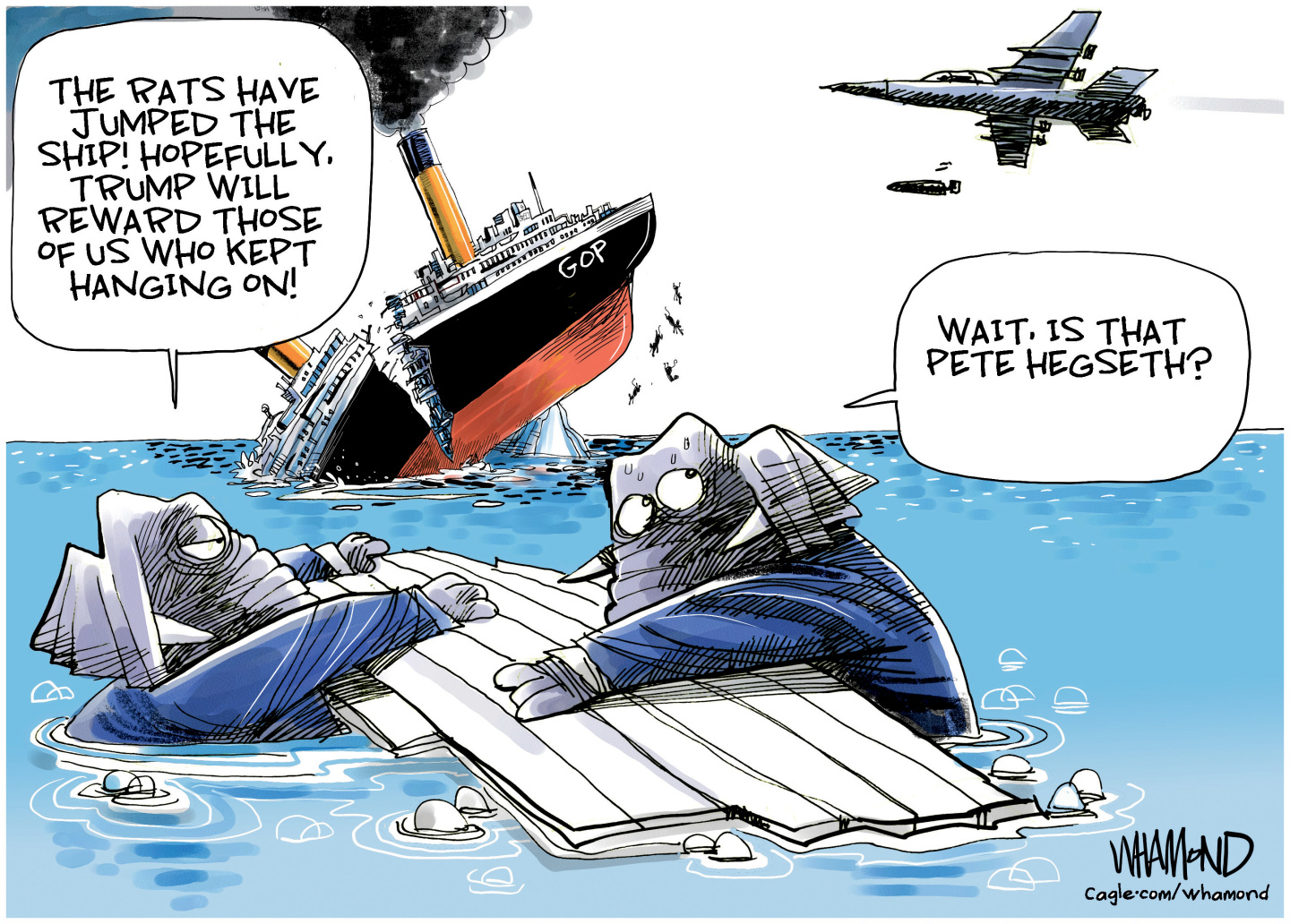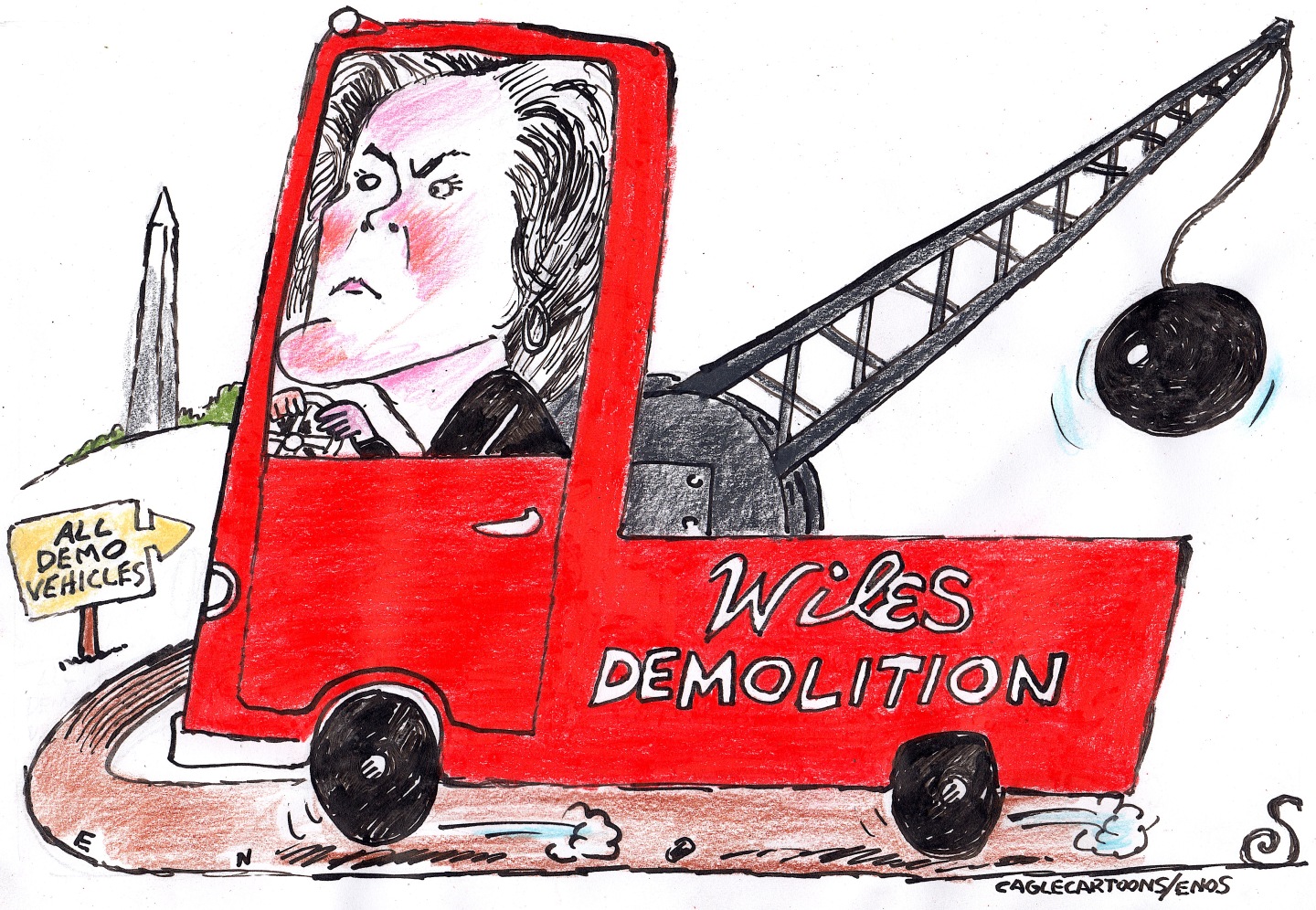Book of the week: Ready for a Brand New Beat: How ‘Dancing in the Street’ Became the Anthem for a Changing America by Mark Kurlansky
The 1964 Motown hit by Martha and the Vandellas is more than a peppy but inconsequential oldie.
(Riverhead, $28)
“Brilliant works of art are flexible enough to ably serve any agenda,” said Jake Austen in the Chicago Tribune. That’s the main takeaway from journalist Mark Kurlansky’s deconstruction of the 1964 Motown hit “Dancing in the Street.” The best-selling author of 1968: The Year That Rocked the World convincingly argues that this song by Martha and the Vandellas is more than a peppy but inconsequential oldie. Released at a time when generational and racial tensions were peaking, the song mattered to a surprisingly wide range of people—including, Kurlansky claims, Black Power activists who saw it as a call to revolution.
“The author treads a long and winding route” to get to that point, said Rayyan Al-Shawaf in Paste. He spends half of the book putting the song in historical context, a process that “feels unfocused and taxing.” Only when Kurlansky finally picks apart the song itself do things get interesting. Though “the notion that it’s a protest song—and even a call to arms—seems flimsy,” some people evidently saw it as one. A 1965 article in Liberator, a Black Power journal, referred to “Dancing in the Street” as a “riot-song.” Poet Amiri Baraka, whom Kurlansky interviewed, contends that its lyrics are an example of “masking”—a use of coded language that has been a tradition in African-American music since the slave spirituals. In truth, phrases like “calling out around the world” and the song’s references to cities with large black populations “do lend themselves—albeit shyly—to a political interpretation.”
The Week
Escape your echo chamber. Get the facts behind the news, plus analysis from multiple perspectives.

Sign up for The Week's Free Newsletters
From our morning news briefing to a weekly Good News Newsletter, get the best of The Week delivered directly to your inbox.
From our morning news briefing to a weekly Good News Newsletter, get the best of The Week delivered directly to your inbox.
Of course, it depends who you talk to, said Rollo Romig in NewYorker.com. When asked by reporters if “Dancing in the Street” was a call to arms, singer Martha Reeves burst into tears. And Kurlansky learns from the song’s two surviving writers that the title was inspired by the sight of children playing near an open fire hydrant. But the third co-writer, the late Marvin Gaye, once wrote that Martha and the Vandellas were unique among Motown artists because they “captured a spirit that felt political to me.” And it was Gaye who had asked the group to record the single. I began reading this book thinking that “Dancing in the Street” was just “a simple song too often pressed into service for an easy jolt of uplift.” At the very least, Kurlansky forced me to revise my views.
A free daily email with the biggest news stories of the day – and the best features from TheWeek.com
-
 Political cartoons for December 20
Political cartoons for December 20Cartoons Saturday’s political cartoons include drowning rats, the ACA, and more
-
 5 fairly vain cartoons about Vanity Fair’s interviews with Susie Wiles
5 fairly vain cartoons about Vanity Fair’s interviews with Susie WilesCartoon Artists take on demolition derby, alcoholic personality, and more
-
 Joanna Trollope: novelist who had a No. 1 bestseller with The Rector’s Wife
Joanna Trollope: novelist who had a No. 1 bestseller with The Rector’s WifeIn the Spotlight Trollope found fame with intelligent novels about the dramas and dilemmas of modern women
-
Also of interest...in picture books for grown-ups
feature How About Never—Is Never Good for You?; The Undertaking of Lily Chen; Meanwhile, in San Francisco; The Portlandia Activity Book
-
Author of the week: Karen Russell
feature Karen Russell could use a rest.
-
The Double Life of Paul de Man by Evelyn Barish
feature Evelyn Barish “has an amazing tale to tell” about the Belgian-born intellectual who enthralled a generation of students and academic colleagues.
-
Book of the week: Flash Boys: A Wall Street Revolt by Michael Lewis
feature Michael Lewis's description of how high-frequency traders use lightning-fast computers to their advantage is “guaranteed to make blood boil.”
-
Also of interest...in creative rebellion
feature A Man Called Destruction; Rebel Music; American Fun; The Scarlet Sisters
-
Author of the week: Susanna Kaysen
feature For a famous memoirist, Susanna Kaysen is highly ambivalent about sharing details about her life.
-
You Must Remember This: Life and Style in Hollywood’s Golden Age by Robert Wagner
feature Robert Wagner “seems to have known anybody who was anybody in Hollywood.”
-
Book of the week: Astoria: John Jacob Astor and Thomas Jefferson’s Lost Pacific Empire by Peter Stark
feature The tale of Astoria’s rise and fall turns out to be “as exciting as anything in American history.”